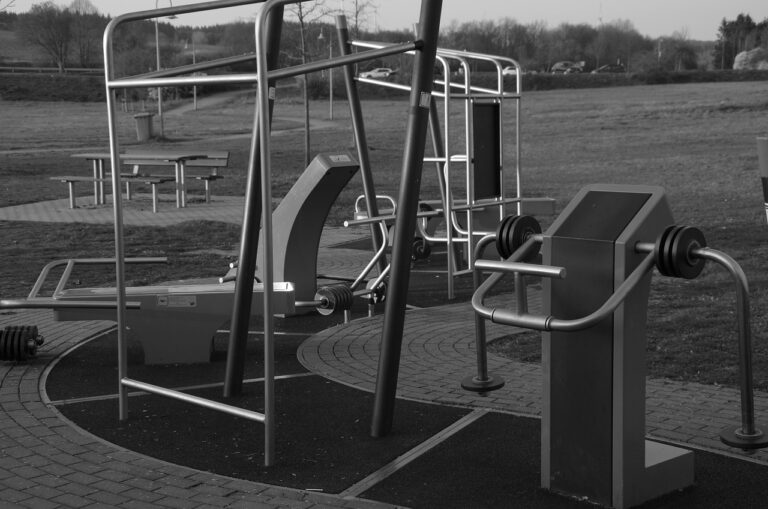Sustainable Practices in Theater Sound Design: Energy-efficient Equipment and Techniques
When designing sound for theaters, it is crucial to consider the environmental impact of your choices. Opting for energy-efficient equipment can significantly reduce electricity consumption and contribute to a more sustainable operation. Moreover, selecting equipment with superior energy performance can also lead to long-term cost savings, making it a smart investment for both the environment and the theater’s budget.
In addition to the equipment itself, the design and layout of the sound system play a vital role in sustainability. Proper placement of speakers and microphones can enhance sound quality and minimize the need for excessive amplification, ultimately reducing energy consumption. By strategically planning the technical aspects of the sound design, theater professionals can create an immersive auditory experience while prioritizing sustainability.
• Opt for energy-efficient equipment to reduce electricity consumption
• Superior energy performance can lead to long-term cost savings
• Proper placement of speakers and microphones can enhance sound quality
• Strategic planning of technical aspects can create an immersive auditory experience
Benefits of Energy-efficient Equipment in Theater Sound Design
Energy-efficient equipment plays a crucial role in theater sound design by offering notable benefits to both the environment and the overall production. By using energy-efficient devices, theaters can significantly reduce their carbon footprint and energy consumption, thus contributing to a more sustainable future for the arts industry. This not only aligns with the growing global focus on sustainability but also helps theaters save on operational costs in the long run.
Moreover, energy-efficient equipment in theater sound design can enhance the quality of sound production. These modern devices are designed to deliver high performance while consuming less energy, ensuring that the sound design remains top-notch without compromising on the auditory experience for the audience. By investing in energy-efficient equipment, theaters can achieve a more efficient and eco-friendly sound design process, creating a win-win situation for both the artistic community and the environment.
Innovative Techniques for Reducing Energy Consumption in Theater Sound Design
Theater sound design plays a crucial role in creating a captivating and immersive experience for audiences. However, the energy consumption associated with sound equipment and systems can be quite significant. In order to reduce this energy usage, theater sound designers are implementing innovative techniques that not only enhance sustainability but also help in lowering operational costs.
One effective technique is the use of energy-efficient amplifiers and speakers. By replacing older, less energy-efficient equipment with newer models that are designed to consume less power without compromising on sound quality, theaters can significantly reduce their overall energy consumption. Additionally, incorporating power management systems that automatically adjust energy usage based on the sound requirements of each performance can further optimize energy efficiency in theater sound design.
What are some key considerations for sustainable theater sound design?
Some key considerations include using energy-efficient equipment, optimizing sound system configurations for minimal energy usage, and incorporating power management techniques.
What are the benefits of using energy-efficient equipment in theater sound design?
Energy-efficient equipment can help reduce overall energy consumption, lower utility costs, decrease environmental impact, and improve the sustainability of theater operations.
Can you provide examples of innovative techniques for reducing energy consumption in theater sound design?
Some innovative techniques include using LED lighting for visual effects, implementing power-saving modes on equipment, scheduling sound system usage based on performance schedules, and utilizing renewable energy sources for powering equipment.







